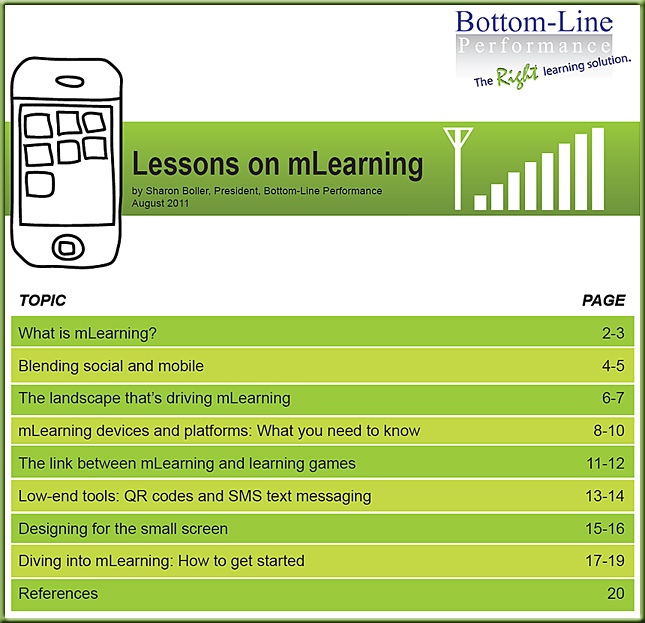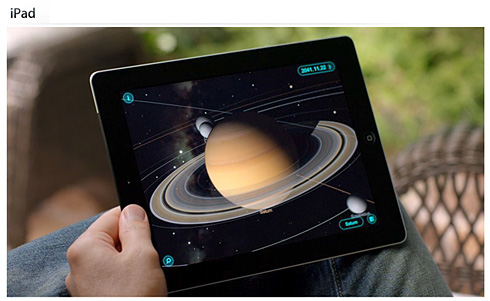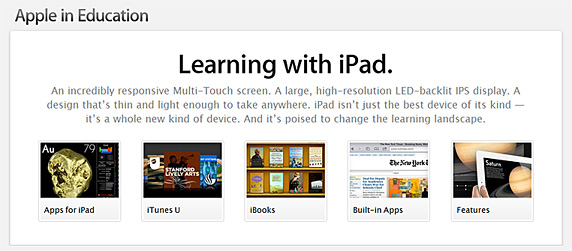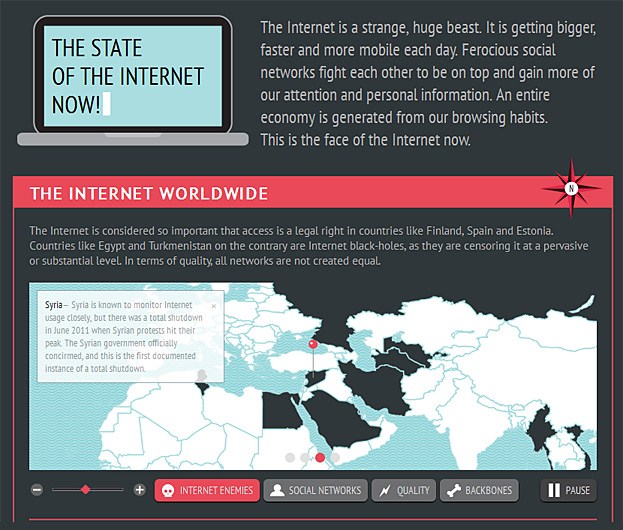From DSC:
This posting evolved after having read $500 billion TV market new battlefield for Internet companies (from forbes.com and the Trefis Team therein) as well as the posting at Future TV disruption – Forbes says it’s worth half a trillion dollars for Internet companies (from appmarket.tv).
As the convergence — and the movement of data/apps/content/services towards the cloud — continues, I wanted to jot down some thoughts re: the current field:
- Apple, Google, Cisco and Microsoft seem to be solid players to watch in terms of cloud-based computing architectures, tools, and functionality — something to keep in mind when planning for the future directions of your organization’s set of tools and technologies.
- Personally, I vote for vendors that “get the web.” Apple and Google have traditionally been very solid innovators on the web and have turned in solid report cards in terms of innovation, performance, and web-based applications. (Adobe — with their Macromedia purchase years ago and their current lineup of tools — has also done a pretty good job, but doesn’t have the arsenal to make my top 4 picks here.)
- I don’t need to say much about Apple in terms of innovation — as they have out innovated every company on the planet while becoming the world’s most valuable company in terms of market cap. Apple is on the verge of adding enormously powerful, cloud-based functionality and apps to their ecosystem when they introduce iCloud this fall (and perhaps a web-connected/smart TV type of device in the future). They have proven themselves to be #1 in terms of working with multimedia-based content — its creation and distribution. Given the continuing trend of the convergence taking place with computers, telephones, and televisions, the ability to create and work with multimedia is key for many technology-related vendors, and, in my mind, Apple leads in this area.
- Google has shown themselves to be solid innovators as well — and they “get the web.” Their current set of web-based apps — including Google Docs, Calendar, Hangouts, Reader, Alerts, etc. — provide a solid menu of web-based apps to choose from.
- Cisco has proven themselves to be innovative as well, and owns some powerful technologies in their WebEx Meeting Center, Videoscape, networking infrastructures, and some of its other tools.
- Though traditionally not a leader/innovator on the web, I think that Microsoft has deep pockets and they are a savvy business (having just purchased Skype as an example). So with SharePoint, Skype and Office 365, Microsoft is laying the foundation for a solid, web-based collaboration space.
Having said this, one can see that it is getting harder to practice the KISS principle in the IT departments out there. But where we can do so, it makes sense to do so — as there is less finger pointing and more accountability. It’s easier to support a fewer amount of tools and, often times, it seems that things simply work better with a reduced amount of vendors/technologies involved.
- Web-based collaboration tools such as videoconferencing, shared interactive whiteboards, shared document creation, calendars/scheduling, form creation and reporting tools, chat, other
- Cloud-based content/data/apps/services
- Synchronization across multiple types of devices
- Web-based updates (think publishers’ content in addition to apps)
- Storage plans and pricing
- Types of integration and tools a vendor provides on the cloud
- The end user experience and the usability of proposed solutions
- A vendor’s strategic direction(s) for the future


















